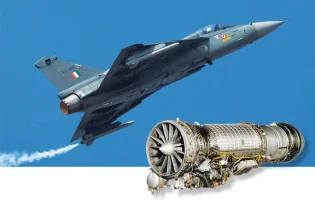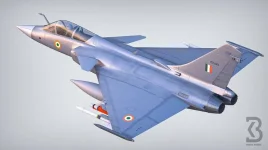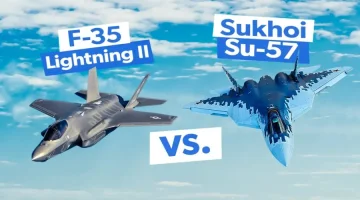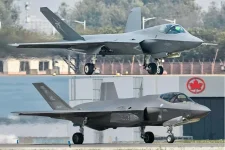- Views: 1K
- Replies: 12
A recent announcement by US President Donald Trump to impose a blanket 25% tariff on Indian goods has sent ripples beyond the economic sphere, exposing a significant vulnerability at the heart of India's national security framework.
The trade threat has renewed urgent discussions within the nation's defence circles about India's substantial reliance on American technology for its most critical military hardware, a dependency that could undermine the country's strategic independence.
For years, India has pursued the goal of ‘Atmanirbhar Bharat’ or self-reliant India, aiming to build its own defence industrial base.
Despite notable achievements, this ambition is undercut by a crucial reality: many of India’s premier "indigenous" platforms are powered by engines and key components sourced from the United States.
Mr. Trump's aggressive trade stance serves as a potent reminder that when a single foreign partner holds the keys to essential technology, that partnership can transform from a source of strength into a strategic liability.
A Widespread American Footprint in Indian Defence
The dependence on American propulsion systems extends across all branches of the Indian armed forces, integrated into platforms celebrated as milestones of Indian engineering. This reliance places critical leverage in the hands of the U.S., which could potentially disrupt India's military readiness.Key examples of this dependency include:
- Zorawar Light Tank: This agile tank, developed by the DRDO and Larsen & Toubro for high-altitude warfare along the northern borders, runs on a Cummins engine, an American-made power unit. Any restrictions on this engine or its spare parts could impact the army's mountain warfare capabilities.
- LCA Tejas Fighter Jet: The backbone of India's "indigenous" fighter program, the Tejas Mk1 and its advanced Mk1A variant, are both equipped with the General Electric F404 turbofan engine. This dependency arose after India's own Kaveri engine project faced significant developmental delays.
- Future Combat Aircraft: The nation's next-generation fighters, the Tejas Mk2 and the Advanced Medium Combat Aircraft (AMCA), are also slated to use an American engine: the more powerful General Electric F414. A landmark deal for the co-production of these engines in India by GE and Hindustan Aeronautics Limited (HAL) has been signed, but it still ties India’s future air power to U.S. technology and policy.
- Naval Warships: The Indian Navy's modern Shivalik-class (Project 17) and Nilgiri-class (Project 17A) stealth frigates use General Electric's LM2500 gas turbines for propulsion. This makes a vital part of the naval fleet dependent on American supply chains for maintenance and support.
While India promotes these platforms as symbols of self-reliance, their core operational ability—their engines—remains controlled by a foreign power.
The primary concern now circulating among policy experts is the potential for the "weaponization" of this supply chain.
In the event of a future diplomatic disagreement or a shift in geopolitical alliances, Washington could halt the supply of critical spare parts, block necessary software upgrades, or deny technical assistance.
Such a move could effectively ground large portions of India's most advanced tanks, warships, and aircraft, leaving the nation's defence posture severely compromised.
This tariff threat has brought this long-term risk into immediate and sharp focus, prompting calls for a renewed strategy to achieve true indigenous capability in defence manufacturing.





